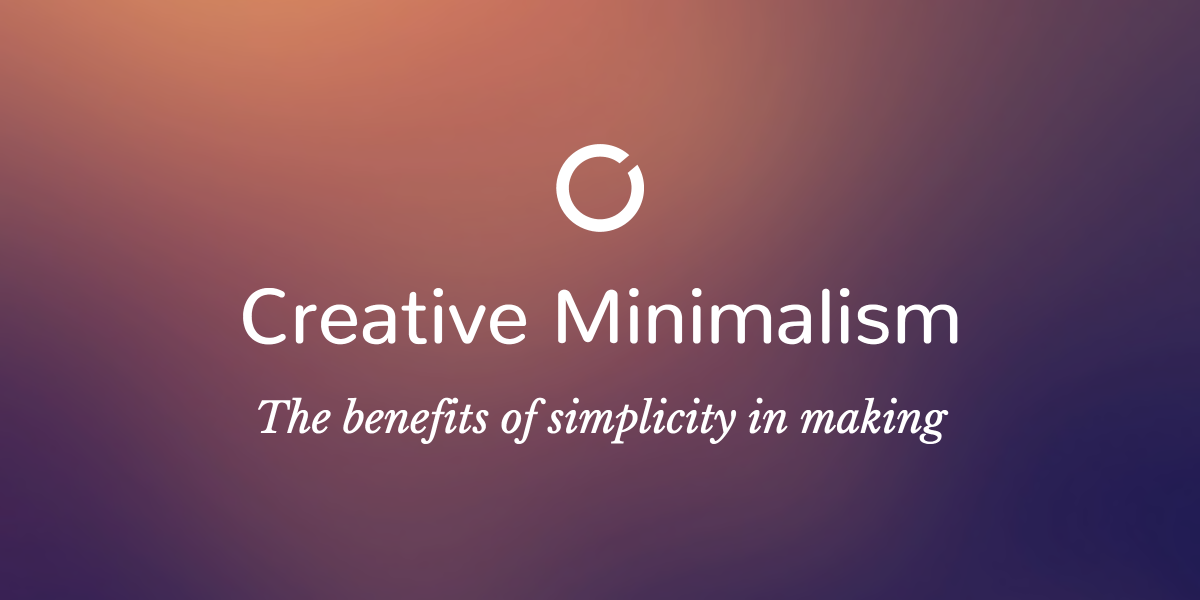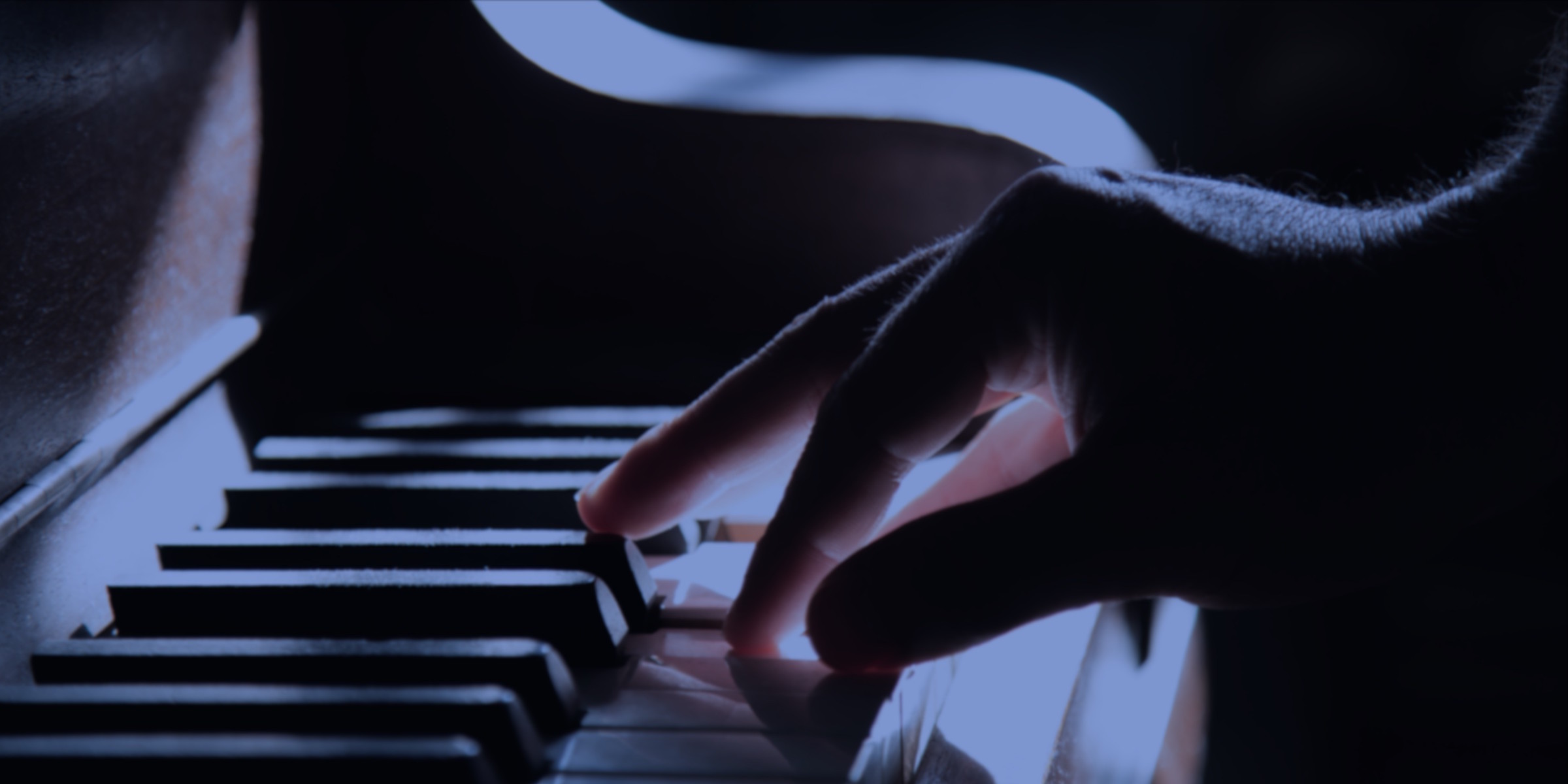Imagine you have an endless supply of time and resources to tackle any creative project of your choosing. All options are open to you.
What will you do?
If you struggle with answering that question, you’re not alone. The fact is choice can paralyze. Perhaps you’re feeling paralyzed even now, and that feeling is preventing you from creating. I can relate.
Creativity comes from limits, not freedom. Freedom, I think you don’t know what to do with yourself. But when you have a structure, then you can improvise off it.
Jon Stewart
As counterintuitive as it may seem, having few options can actually boost your creativity and productivity as a maker. This is a philosophy I call “creative minimalism.”

Minimalism, as you likely already know, is all about doing more with less. Minimalists carve away all the clutter until they’re left with only the essential. The resulting simplicity empowers them to focus on what really matters.
In this post, I’m going to show how you can benefit from taking a minimalistic approach to making — whether you’re creating videos, games, music or anything else.
How Constraints Can Help You Create
I’ve been making music for more than a decade. And a few years ago, I fell into a bit of a slump. Basically, I lost the desire to create — I no longer found the process appealing.
Luckily, I soon became fascinated with live looping. Some of the music I’ve shared in the past is a result of that fascination!
If you’re unfamiliar, live looping is when a musician plays a bit of music and then uses software or hardware (often a guitar effects pedal) to repeat that clip seamlessly. Solo musicians will often play along with loops or add to them, resulting in intricate patterns and “bigger” sounding songs.
Here’s an amazing example:
What I love about live looping is the challenge it presents. I must consider how I might construct a song so that it can be built in real-time, in front of an audience.
For live looping to be enjoyable for both the artist and the audience, there are many factors to consider. The loop shouldn’t be so simple it becomes annoying after a few repeats. But it also can’t be so complicated that it leaves no room for overdubs.
And timing is critical. If you’re off by a few milliseconds, the whole song will sound out of sync. You also must move quickly to prevent the audience from growing bored while you’re setting up loops. And to move quickly, you can loop only so many different instruments in any given song.
These are just a few of the challenges I had to overcome with live looping. So whenever I finished writing a song, it felt amazing — and that made me want to do it again.
This is because we are naturally driven to set goals and then accomplish them. When we complete tasks, we actually reward ourselves with a winner’s dose of endorphins — which, of course, makes us feel pretty good.
And feeling good is great. But the other benefit of my looping experiments is that I made music I wouldn’t have otherwise.
My looped songs have unusual structures, unique sounds (mostly because of my limitations in the number of instruments I use), and other interesting characteristics. As a result, the songs are more creative than much of the music I’ve made in the past.
Now even when I’m not looping, I have a different perspective that helps me write better music.
To reap all the benefits of constraints, I continue to set artificial limitations, such as “I have a week to finish this song, because my customers are expecting new music.”
So limitations not only challenge you to create, but also help make your work better — that is, if you let them.
Want more thoughts on creativity?
You might like: 3 Practical Ways to Be More Creative »

